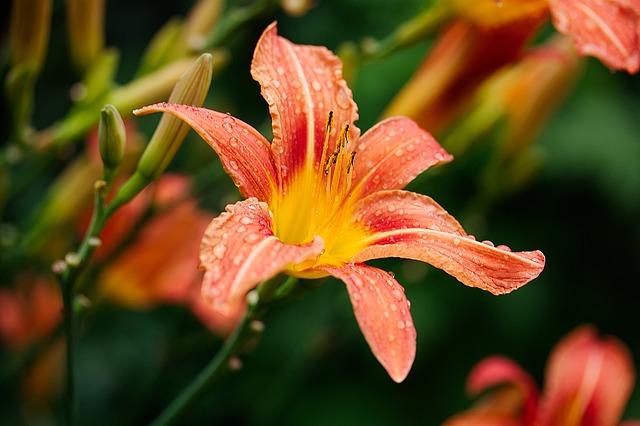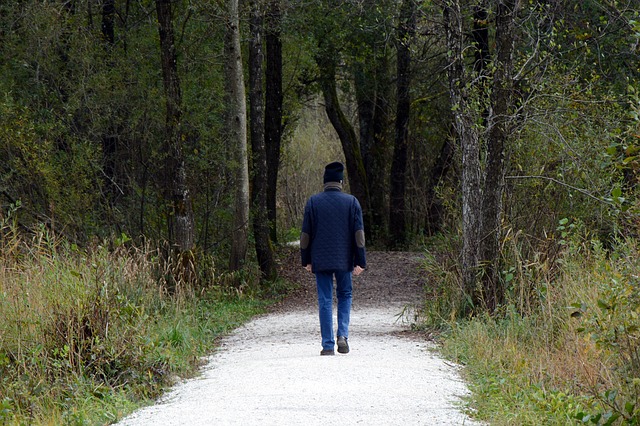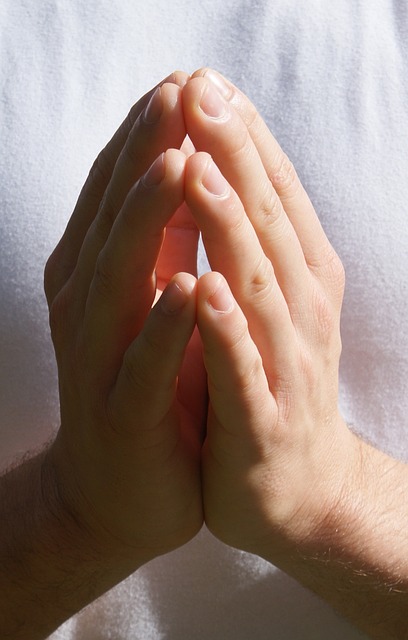On New Year’s day, I was sitting on my deck at home and immediately thought about Diana Winston’s discussion of natural awareness. All I wanted to do was sit there, observe and listen. It was as if I was being transported into a different world where nature was supreme and everything else faded in the distance.
As I looked out from the deck I could see the waters of Moreton Bay in the distance through a gap in the trees that afforded a glimpse of the bay and the island not far from the shore. It was one of those days when the sun was warm, the sky was blue and there was an eerie stillness in the air. The trees glistened with drops of water after many days of rain. There was a clarity about the view and a coolness in the air despite the summer weather beginning to warm up.
I could hear the birds in the foreground and background – Doves cooing persistently, Butcherbirds stretching their necks to break into song and raucous Rainbow Lorikeets breaking the silence with their fast flapping wings as they sped by screeching. The air was suddenly filled with loud sounds as a Kookaburra landed nearby to let out its laughing call.
I began to observe more closely my pot plants on the table, cupboard and floor of the deck. I was able to notice new growth with emerging leaves and buds, the thickening of stems and the increasing individuality of the plants as they matured in their pots and took in the air and sunlight. Some succulents had very shiny leaves, others were tall and imposing, while a small group hung over their pots and extended their reach to the floor. Another variegated plant that was previously close to death now displayed its bright colours and scalloped edges in a new location on the deck that afforded lots of air, light and access to light rain.
The sky was a bright blue with light, passing clouds moving slowly and forming unusual shapes. The many birds that surrounded me seemed to rejoice in the clear skies, the gentle breeze and the brightening sunlight.
Reflection
I am reminded of Costa Georgiadis exhortation in his book, Costa’s World: Gardening for the SOIL, the SOUL and the SUBURBS, that we should become more mindful of our immediate environment as we move through it and around it, often totally unaware of its beauty, variety and earthiness and its ability to make us grounded. Deepak Chopra reminds us of the healing power of “earthing” – consciously grounding ourselves by walking barefoot on the earth or grass.
Diana, in her book The Little Book of Being, also offers ways to develop natural awareness and encourages us to monitor our sensations throughout the day, engage in deep listening and avoid unnecessary aggravation either of our emotions or our microbiome (through the ingestion of inflammatory foods).
As we develop natural awareness and grow in mindfulness through meditation and conscious observation and listening, we can achieve a sense of tranquility, gratitude and peace amid what is increasingly a turbulent world. Our own backyard can be where we earth and become grounded.
_________________________________
Image by Perez Vöcking from Pixabay
By Ron Passfield – Copyright (Creative Commons license, Attribution–Non Commercial–No Derivatives)
Disclosure: If you purchase a product through this site, I may earn a commission which will help to pay for the site, the associated Meetup group, and the resources to support the blog.





